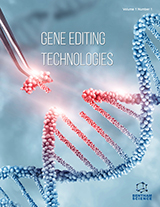Abstract
Crystalline structure and morphology of the solid state of thermoplastic semi-crystalline polymers strongly affect their properties and performances. This is particularly evident on mechanical properties of poly[(R)-3-hydroxybutyrate] (PHB), and its copolymers, blends, composites, and nanocomposites. The organization and the morphology of the crystals and the interconnection between the crystalline and the amorphous regions can influence and govern the mechanical properties of PHB based materials.
The presence of a rigid amorphous fraction, which produces a stiffening of the amorphous segments at the crystal/amorphous interface, can contribute to the progressive change of the mechanical properties in PHB based materials. Properties of PHB based materials may be tuned and controlled by blending with other polymers, by addition of properly selected plasticizers, nucleating agents, as well as by addition of fillers and nanofillers.
In the present Chapter the influence of the morphology and the crystalline content on the mechanical properties of PHB based materials is analyzed and discussed.
Keywords: Blends, Composites, Crystallinity, Mechanical properties, Mobile amorphous fraction, Morphology, Polyhydroxyalkanoates (PHA), Poly[(R)-3-hydroxybutyrate] (PHB), Polymer processing, Polymers, Rigid amorphous fraction.






















